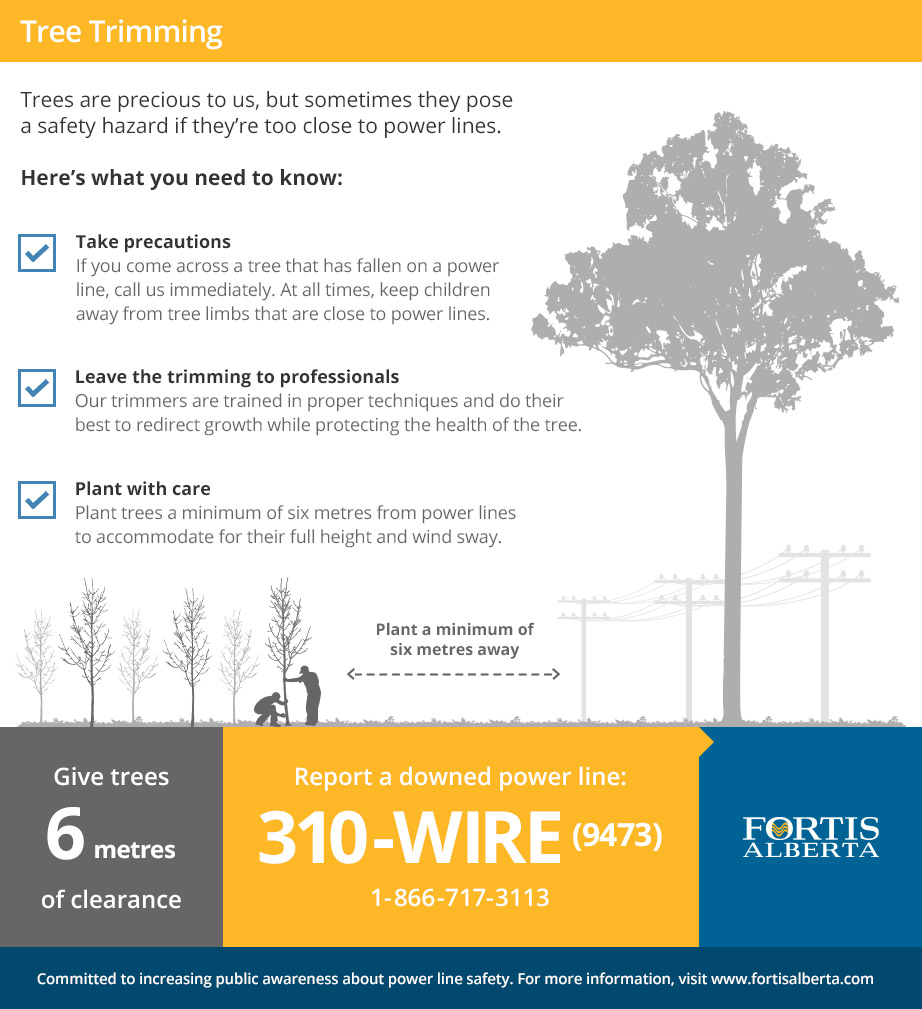The Environmental Implications Of Logging: Crucial Truths To Be Aware Of
The Environmental Implications Of Logging: Crucial Truths To Be Aware Of
Blog Article
https://docs.google.com/spreadsheets/d/1RPanU8Z1FbtG44oEOCy3lz9saJS8IjJQbDarn9psSLg/edit?usp=drive_link -Kryger Diaz
When it pertains to the environmental effect of tree removal, there are important elements that require your attention. From the elaborate web of connections within communities to the subsequent impacts on climate patterns, the consequences are profound. You could be stunned to uncover the intricate ways in which the elimination of trees can resound throughout the atmosphere. Remain tuned to unravel the detailed connections and implications of this apparently straightforward act.
Logging and Habitat Loss
Deforestation and habitat loss are vital concerns coming from tree removal. When trees are lowered, it disrupts entire communities. Not just are the trees themselves shed, yet the homes and food resources of countless plant and animal varieties are damaged too. Birds lose their nesting sites, animals lose their shelter, and bugs lose their environments. The effects surge through the food cycle, influencing killers and prey alike.
In addition, deforestation contributes to climate adjustment. Trees play a crucial duty in absorbing co2, a greenhouse gas that catches warmth in the environment. With fewer trees, there's less carbon dioxide absorption, leading to raised degrees of this gas in the ambience and exacerbating international warming.
Environment loss is a direct result of logging, as the devastation of woodlands implies the loss of distinct and diverse ecosystems. Lots of varieties are unable to adjust to quick adjustments in their environment, resulting in populace declines and, sometimes, termination.
Protecting https://docs.google.com/spreadsheets/d/1qfkgIadKrm00YWl1hm9FKaa5j9nflskCYdp2SyLxgoY/edit?usp=drive_link is essential to keeping the delicate equilibrium of nature and guaranteeing the survival of countless plant and animal types.
Impact on Biodiversity
The elimination of trees has a considerable effect on biodiversity, affecting the variety and wealth of plant and pet species in an area. Trees provide habitat and food resources for numerous organisms, from bugs to birds to mammals. When trees are eliminated, these types lose their homes and sources of sustenance, resulting in a decrease in their populaces. This interruption can have plunging effects on the whole ecological community.
Furthermore, trees play a critical function in maintaining biodiversity by creating microhabitats within their canopies, trunks, and origins that sustain a large range of types. When trees are reduced, these specialized environments are ruined, minimizing the general diversity of the location.
In addition, the removal of trees can result in a decrease in hereditary variety within plant populaces, as specific tree types may no longer have the ability to duplicate or distribute effectively. Shielding trees and forests is vital for protecting biodiversity and ensuring the wellness of environments for future generations.
Soil Erosion and Environment Change
With trees being eliminated from an area, the interruption of dirt framework and stability takes place, bring about raised dirt erosion. https://www.bobvila.com/articles/2213-landscaping-ideas/ play an important duty in preventing disintegration by holding soil in place with their root systems. When trees are gotten rid of, especially in large numbers, the dirt becomes more vulnerable to erosion from wind and water. This disintegration not just influences the immediate surroundings but can additionally result in sedimentation in close-by water bodies, affecting water quality and marine ecosystems.
Furthermore, trees aid manage the climate by soaking up carbon dioxide during photosynthesis. When trees are lowered, this natural carbon sink is decreased, adding to increased levels of greenhouse gases in the ambience. This can worsen climate adjustment, resulting in more extreme weather condition events and disturbances in environments worldwide.
Consequently, the removal of trees not just increases dirt disintegration but likewise contributes in the bigger environmental issue of climate adjustment. It's vital to think about these elements when examining the influences of tree removal on the setting.
Conclusion
Since you know the environmental influence of tree removal, consider the effects prior to reducing trees. Logging interferes with communities, decreases biodiversity, and contributes to soil erosion and climate adjustment. By being mindful of the influence of tree elimination, you can aid shield our environment and protect the fragile equilibrium of nature. Make educated options and think about alternate options to reduce the negative impacts on our planet.
